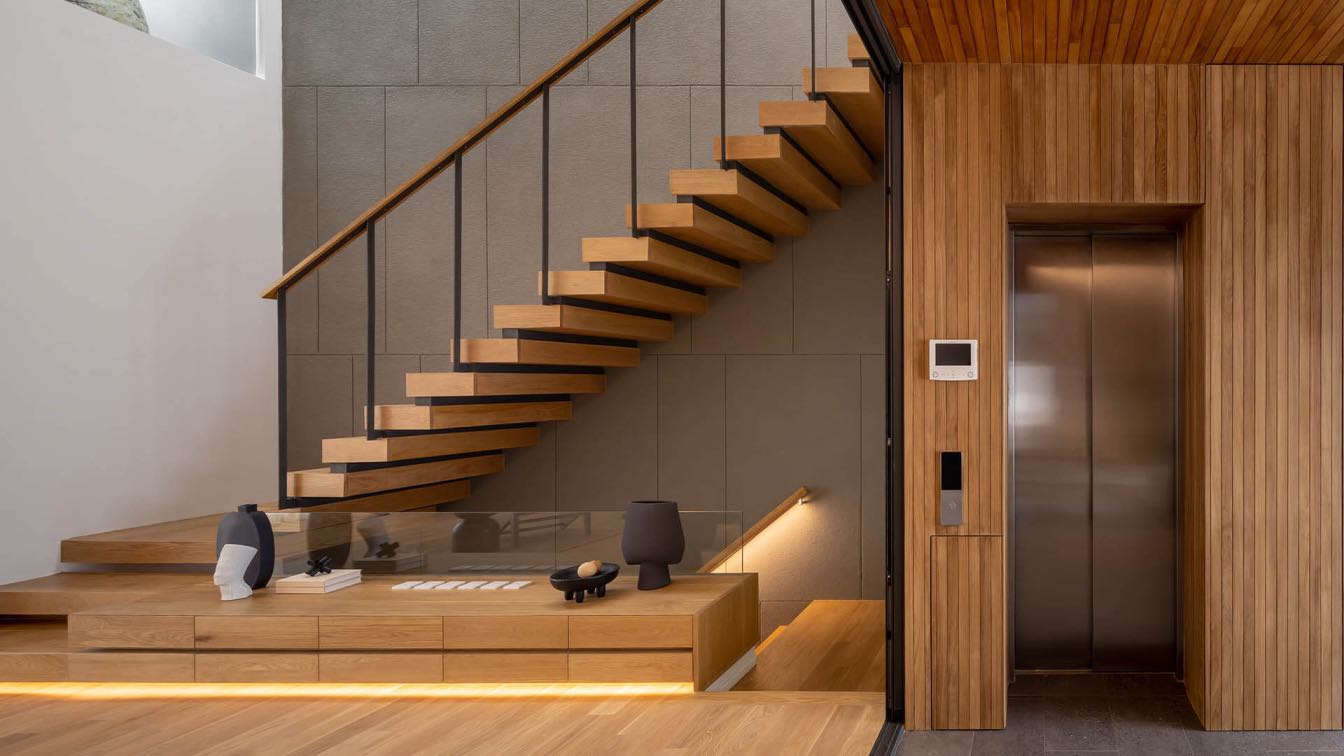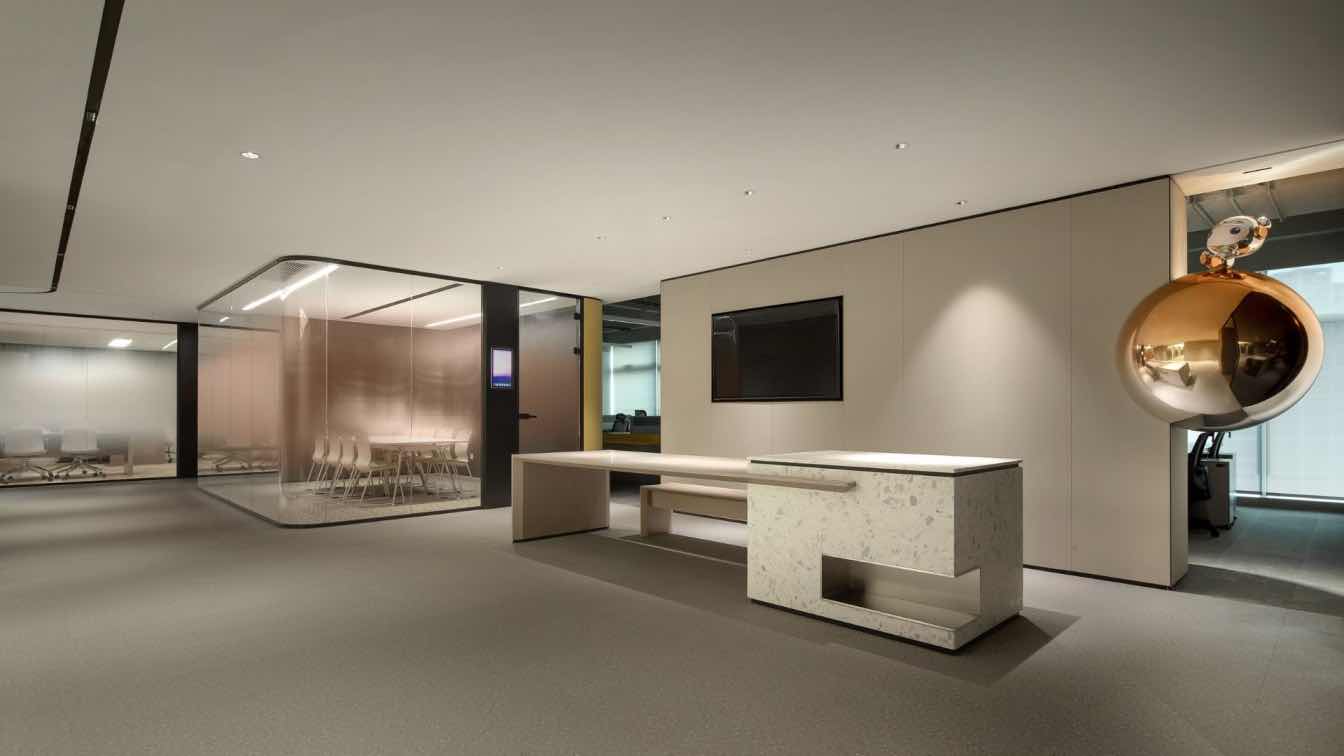IF (Integrated Field): The design and development of a ‘home and a workspace’ to be in the same physical space is the brief that UNI-Living needs to decipher and translate. This real estate developer is co-founded by architects contributing as the key figure in the investment and real-estate aspect of the company.
With the belief that the value of design can help provide solutions to the urban development and people’s living standard, while being able to increase a property’s investment value, UNI-Living intends to develop a project that will be capable of bringing new experiences and presenting new possibilities through the integration of design know-hows and real-estate development. The residential project created as a result of such attempt will not only correspond with the demands that come with the contemporary urban lifestyle, but also strive to bring better solutions to the unbearable traffic congestion people have to deal with on a daily basis, as well as the problematic issues found in most townhomes. HOF UDOMSUK presents itself as a residential project located in Soi Udomsuk 18, a few-minute walk from Udomsuk BTS Station. With 340- square meters functional space, each unit is realized to include the functionalities of both office and living space, which results in the specification of the number of stories, as well as the efficiently and purposefully designed and constructed interior program to offer the most efficient and suitable functional spaces.

With IF assigned as the project’s architect, HOF UDOMSUK boasts its own idiosyncratic architectural characteristics, from the functionally and aesthetically separated office and living spaces, which are resulted from the architect’s thoughtful development since the very beginning of the design process. Each unit houses 3 stories, one mezzanine and a basement with the overall width that is wider than most shophouse buildings. The periphery of the ground floor is expanded with the floor that is sunken 0.9 meters below the street level while the first floor is elevate 2 meters above, enabling the entire area to function as a parking space that can accommodate 5-8 vehicles.
Next to the parking area is the functional space on the ground floor designed to be easily accessible to serve the more public functionalities. This particular area houses a mid-sized office space that can accommodate approximately 15-20 working staffs. IF adds a patio at the front to physically link the interior and exterior spaces together while facilitating interactions between users and the surrounding context. In the meantime, additional details such as tree containers are included to the space to render the comfortable and naturally pleasant atmosphere with the green of the trees contributing as a decorative element to the overall program. IF designs the interior of the building to be an open plan to allow users to adjust and partition the functional spaces according their preferences and working style with one male and female restroom included as a part of the floor plan.

Walking up the stairs, one will come across a mezzanine designed into a meeting room equipped with all the needed functionalities from the systems accommodating power outlets, computer and Internet connectivity, air conditioning, etc. The location of columns and beams and other system works are designed to maximize users’ convenience and comfort while the double space that connects the ground and mezzanine floor is ready for future additions and expansions.
With the intention to clearly separate the working life from the personal life, the living quarter situated on the next floor contains an interesting hierarchy of private spaces. The elevator grants inhabitants’ direct access to the living area on the second floor from the parking area of the house without having to enter the office on the ground floor.
The design of the functional program of the second floor applies and translates the spatial characteristics of a traditional Thai house or ‘Chan’, which includes the presence of a semi-outdoor patio. When leaving the elevator, dwellers are greeted with the patio before the space gradually transitions into the indoor functional space. Sliding doors are used to enable flexible adaptation of the spatial functionalities to suit the residents’ varying preferences as the area can be used as a living space, to accommodate a small gathering, a small garden or a space for the family’s pets. The patio also freely separates the common area from the more private living spaces while still being naturally included as a part of the house’s functional program. Such spatial allocation exposes the house’s exterior surface to the presence of nature, allowing more openings to be added to maximize natural airflow and ventilation.

The patio or the semi-multifunctional area, which serves as a pivotal part of the circulation, is linked to the double space living area located further inside. The open plan space brings great spaciousness, airiness and comfort as well as the flexibility that allows the area to be readjusted to suit dwellers’ different usages and tastes with the functionality that can be adjusted as desired, for example, an additional bedroom for the future members of the family.
The design of the interior space includes a series of wooden cantilevered stairs, distinctively presented as the space’s protagonist. A skylight is added to solve the issue over the absence of natural light, which is common in most townhomes and shophouses. The skylight also brings in sufficient amount of sunlight into the living space during the day with interesting effects of reflected lights and shadows. In the meantime, IF works out the ventilation issue by adding the windows to the front and back part of the house to effectively facilitate the natural airflow.
The third floor is where the master bedroom is located. The limitation determined by the building laws and regulations results in the gable-roofed structure, which is designed to optimize the spaciousness and height of the space. The master bedroom also serves as one of the project’s most appealing and marketed features. The 5-meter long dressing room connects the sleeping quarter to the large master bathroom with the size and spaciousness that can accommodate two users at the time. The area further to the end of the bathroom is lit with the light coming from the above skylight, offering users a sense of privacy and the pleasant ambience brought about by the presence of the sunlight.

The decoration style embraces simplicity with predominant use of white color with the walls and ceiling. Patterned tiles and concrete are among the materials of choice for the floor while wood is used to add the warm feel to the overall atmosphere in the form of cantilever stairs. The exterior decoration reveals the design’s appreciation in the materials’ natural surfaces, be there the steel used with the front part of the building, railing, fins, floor grates to the wood-patterned concrete of the tree containers.
IF also prioritizes ventilation and airflow as the key elements of the design. As origin of shophouse in Thailand involves a number of factors especially the arrival of the Chinese immigrants in Thailand, the settlers who sailed across the sea from the distant land were mostly merchants and often built their homes to accommodate both living and commercial activities. The laws and regulations where the property tax was calculated according to the width of the house also caused the immigrants to construct a building used as both a home and shopfront of the business to be comparatively less wide, more elongated and narrow.

This particular type of architectural has been designed and constructed, and through time, incorporating diverse innovative technology and methods to efficiently accommodate the changing commercial and living functionalities, as well as the safety and security of the dwellers. Some of the biggest issues of shophouses are their rather narrow and long functional program, including the way they were constructed in a row of buildings that extends as long a city block allows with party walls and a staircase located at the exact same location for each unit. Collectively, these things end up obstructing the allocation of the living space, resulting in the rooms at the front and furthest end of the house to be the only areas with sufficient accessibility to natural light and natural ventilation while the space in the middle of the house was left dark and enclosed.
With the design of HOF UDOMSUK, a home office project with similar architectural and functional characteristics to a shophouse, IF resolves the aforementioned issues by incorporating passive design as the core approach to deliver the architectural structure and functional spaces whose efficient climate control helps maximize the level of thermal comfort for users. The approach dictates the building’s orientation to correspond with the directions of natural wind and light, as well as the location of the openings such as the large windows at the front and back of every story of the house to efficiently facilitate the interior airflow. The double space at the mezzanine where the working space is located and the one on the second floor of the house where the living quarter is situated thoroughly bring in an abundant amount of natural light to the interior space. The installation of skylight introduces sunlight into the functional space in the form of indirect light. In the meantime, the tree containers at the front help filter the intensity of sunlight. The green space also provides shade to the functional areas while contributing their natural element as a part of the building’s characteristic as well as the project’s surrounding environment, complementing the architectural features, which are realized to improve the safety, security, accessibility and well-being of people in and around the development.
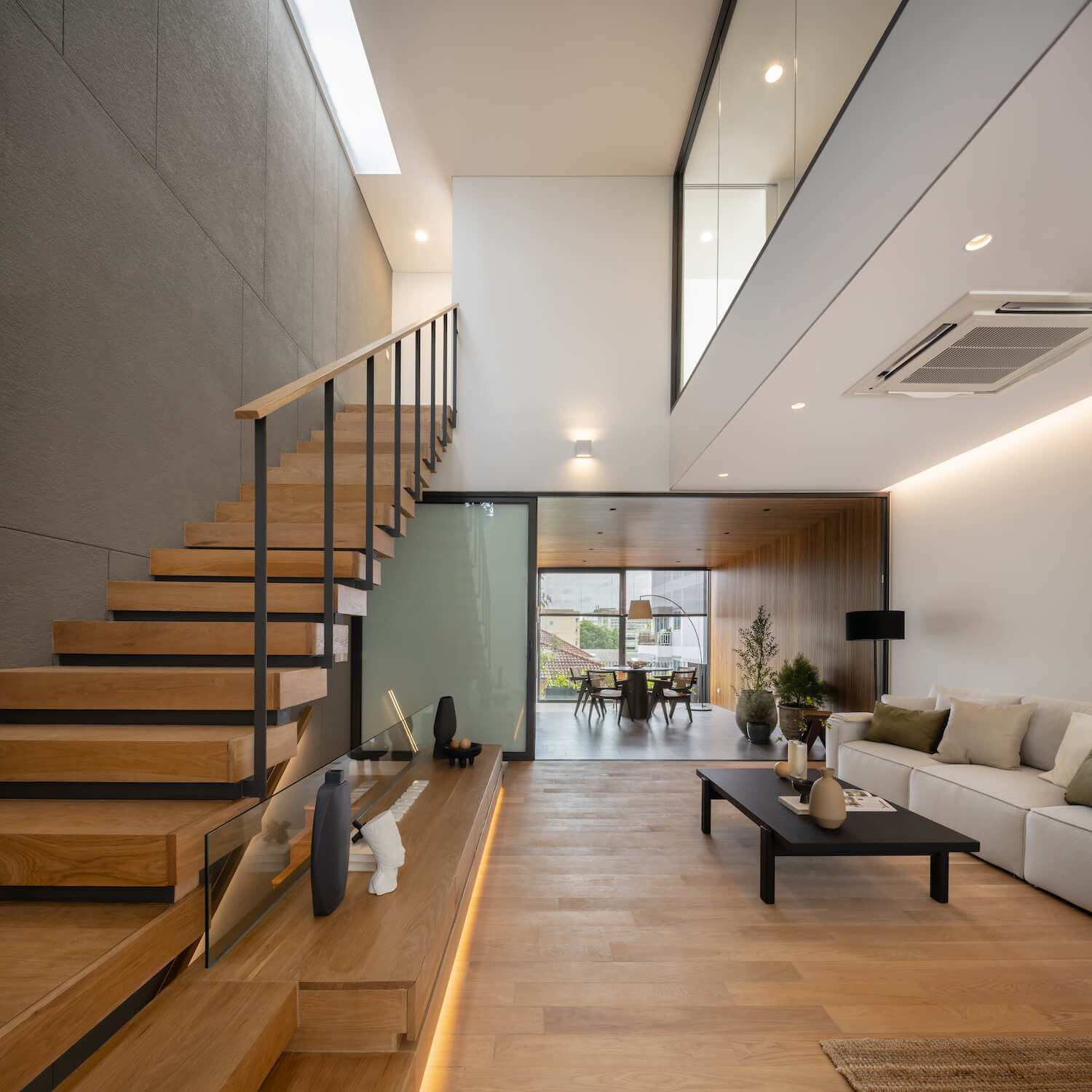
The design and incorporation of the natural elements with the project of such nature does not only help HOF UDOMSUK achieve the kind of beauty it aims for but it also attains the more diverse dimensions of the way users experience and interact with the functional spaces, visually and emotionally. The design also improves the functionality and allocation of interior spaces for the building. IF realizes HOF UDOMSUK as a project that evolves alongside the conservation of the environment and sustainable social developments. However, the firm’s core objective for the project is to solve the enclosed space and insufficiency of natural light of the interior space of a shophouse building. The interior program they design allows the functional space to be able to welcome seasonal sunlight and wind to flow through, keeping the inside of the house perfectly ventilates. These nature-driven, energy-efficiency, Eco-friendly measures implemented in this project ultimately give birth to the design that allows users’ activities to take place and continue on a daily basis while effectively reducing the building’s energy usage.
What differentiates HOF UDOMSUK from other projects of similar nature is the design of the interior program that offers incredible flexibility for users to freely adapt the functional spaces to suit their preferences. Not only that, the structure and system works are also designed to accommodate future additions and expansions. Such qualities enable users to attain the high-quality living through the convenience and comfort of efficient and seamless integration of work and living spaces. In addition, with the project’s prime location, distinctive architectural design and high-quality functional spaces, HOF UDOMSUK is an ideal townhome for those who seek high standard living in the urban neighborhood whose economic value will continue to rise and manifested potential as a real-estate investment opportunity, both for sale and as a rental property.
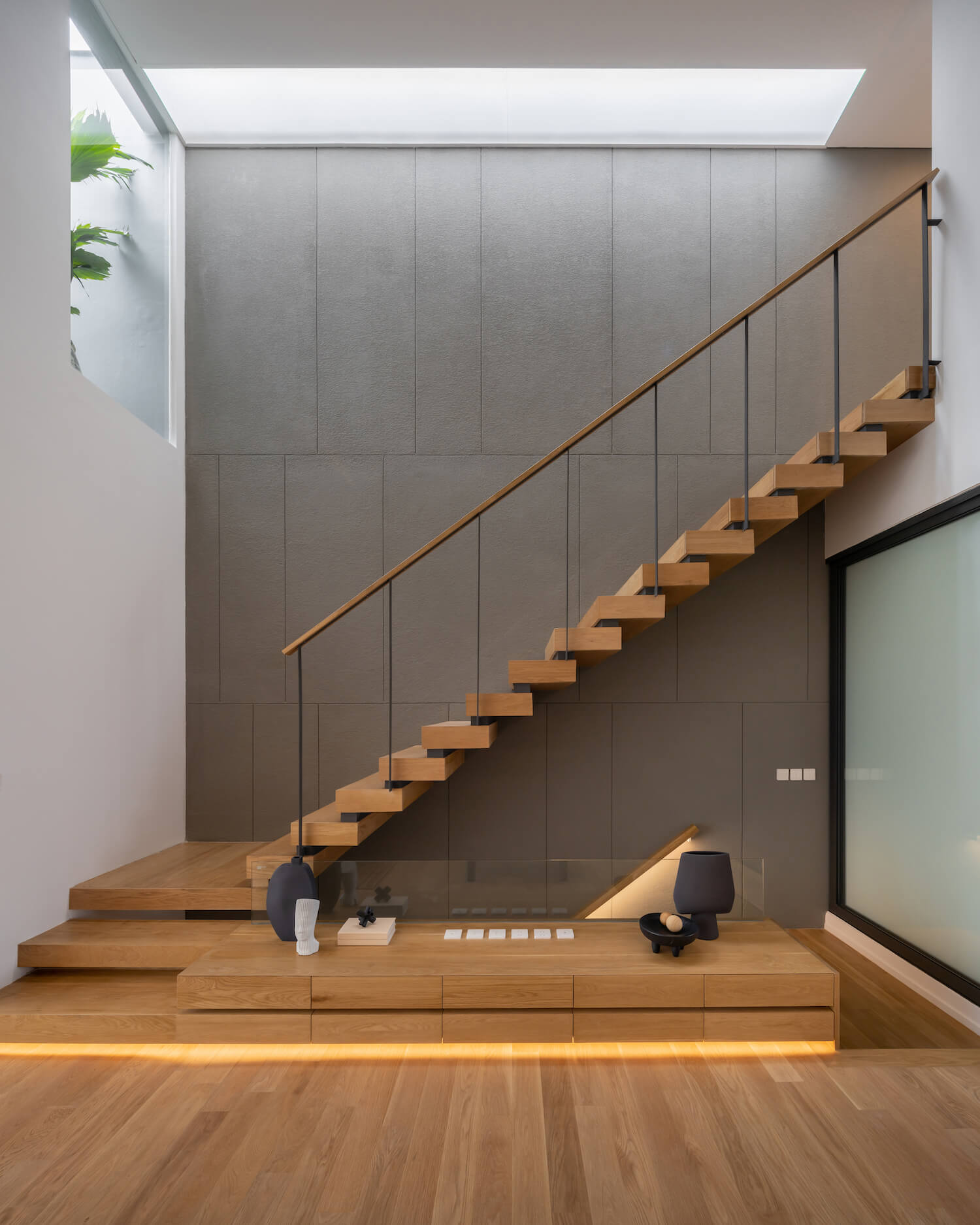















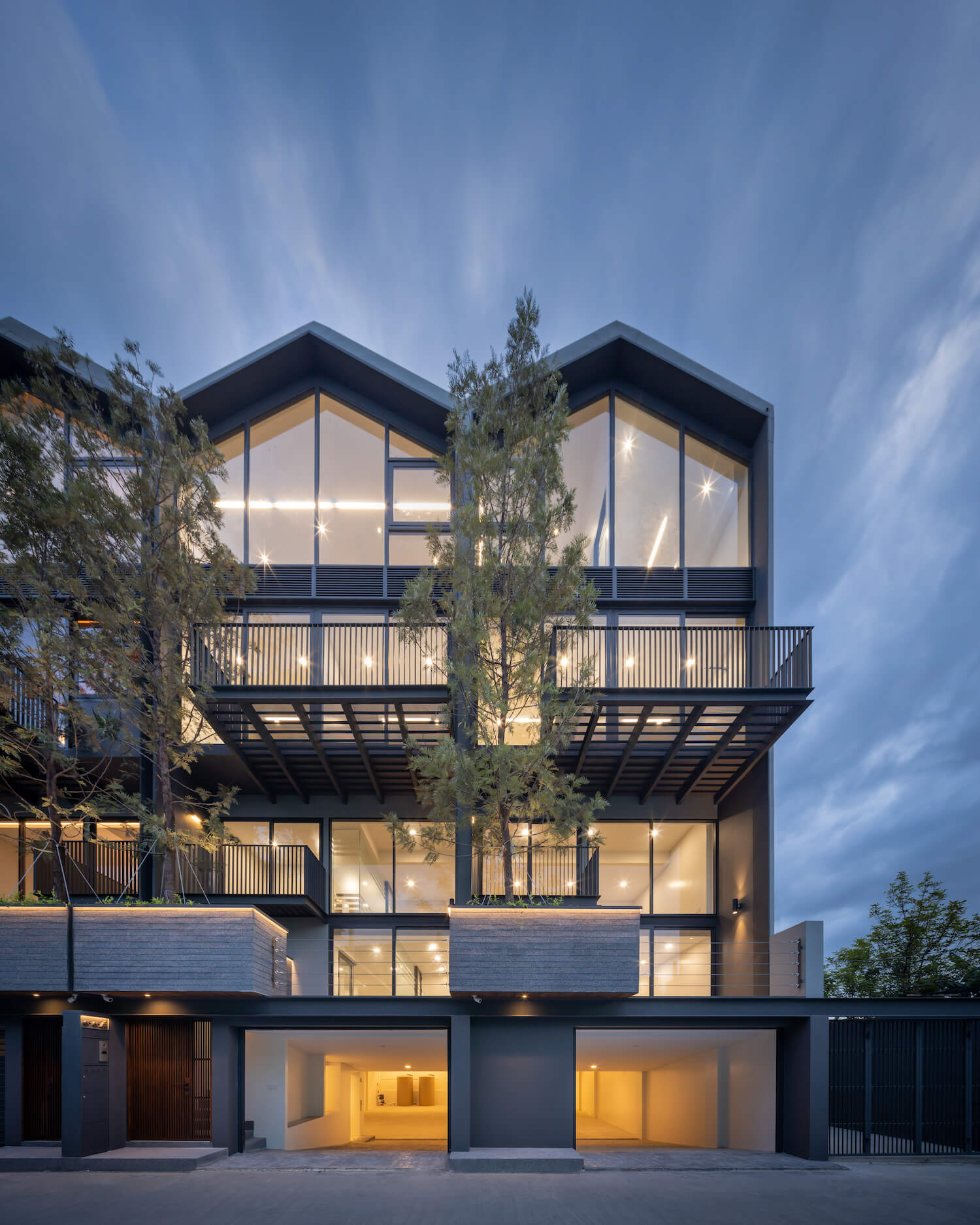
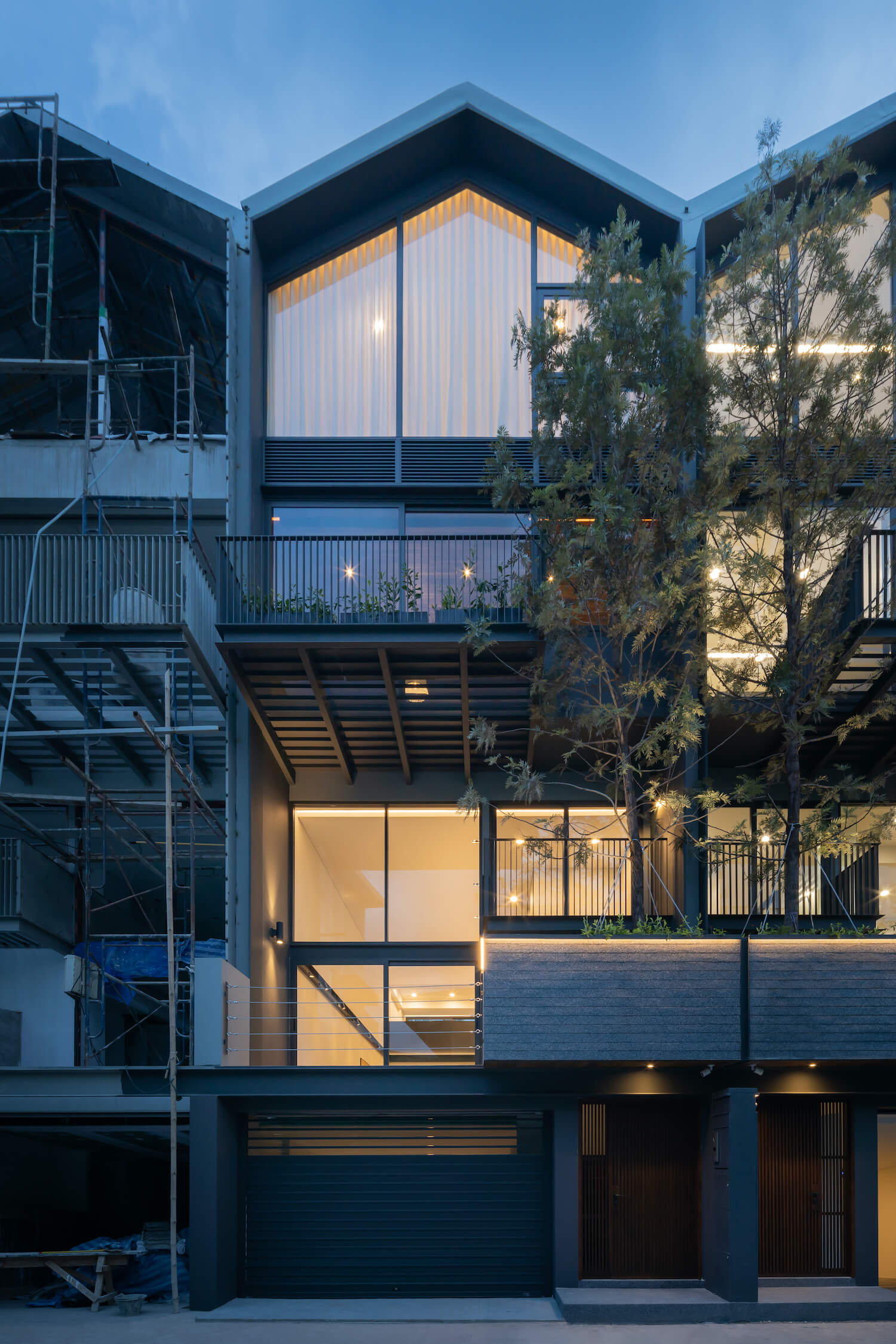
IF is a Thailand based design office that believes in finding a specified question for each project, to understand its “core”, and develop the design based on that issue throughout the whole process. With belief in this method, IF was founded by group of friends consisting of architects, an interior architect, a landscape architect and an industrial designer, intended to work together and gather aspects in as many fields as possible to create work from the integrated inputs as our core saying, "IF works in the Field of Integration".
IF has been founded since July 2011 and still at its very first stage at the moment.

